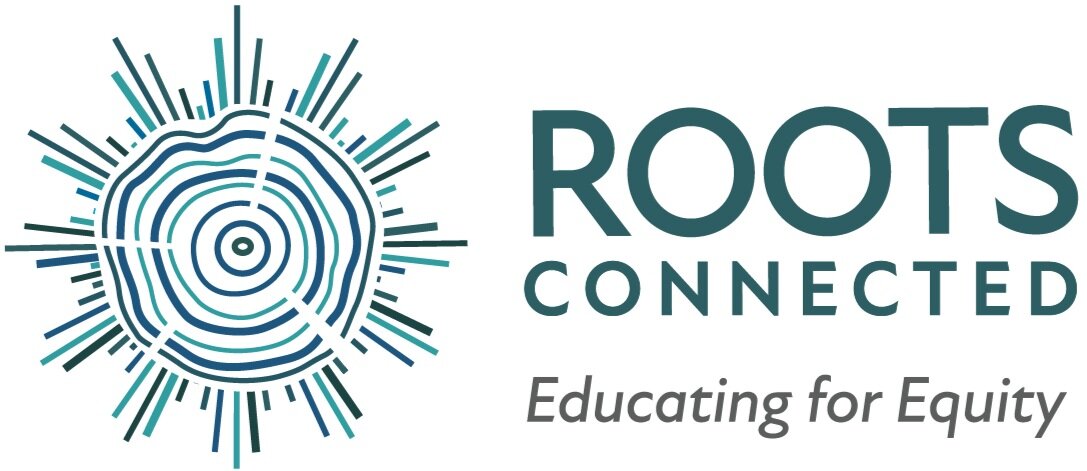From Critical Literacy to Social Action
The Power of Critical Literacy
If we dream of communities rooted in equity and justice, we must nurture young minds to think critically, question bravely, and approach the world with compassion. Whether in the classroom or at home, children are constantly taking in messages about fairness, identity, and belonging. As they grow we can provide them with the tools to examine them, challenge them, and reimagine what a more just world could look like.
Critical literacy offers that path forward. It isn’t just about understanding the words on a page; it’s about understanding the world through those words. Every text—whether a book, article, movie, or advertisement—carries the imprint of perspective: the voice of its author, the influence of culture, and the weight of social power. To truly engage with these texts, children must learn to ask questions, recognize bias, and confront the narratives that uphold the status quo.
Both teachers and caregivers play a vital role in fostering critical literacy by creating spaces where children feel empowered to question, reflect, and express their thoughts. As we read and learn alongside them, we have the opportunity to guide them toward deeper meaning, encourage them to consider diverse viewpoints, and support them in asking the tough, necessary questions. Check out some great questions here.
From Questioning to Action
Once students are in the mindset of wonder, they begin to approach the world with a new kind of awareness—one that sees beyond the surface and begins to connect ideas to action. They begin to ask: What can I do about this? What might it look like if we solved this problem? What does a more just world look like? What stories aren’t being told? That shift from passive reader to active participant is where critical literacy becomes transformative, where it moves towards social action.
Critical literacy is about more than deconstructing texts; it’s about inspiring children to rewrite narratives that have historically been omitted or marginalized. When we nurture this mindset, we help children see themselves as change-makers. Whether creating art, organizing projects, speaking up, or asking tough questions, they feel empowered to challenge bias, affirm identity, and advocate for justice. The goal of critical literacy is not just to critique the world, but to inspire children to use their knowledge to drive change in their lives and communities.
Challenge injustice: Support them in identifying an issue they care about—whether in their community, classroom, or the wider world—and brainstorm actions they can take, big or small. This could mean writing letters, creating awareness campaigns, or simply speaking up when something feels unfair.
Explore Multiple Perspectives: Invite children to listen to and include perspectives that have been omitted. Encourage them to ask: Who isn’t being heard? What stories aren’t being told? How might a story change if someone else were telling it? Deepen their understanding of multiple perspectives by interviewing peers, family members, or community members to gather diverse viewpoints.
Build brave spaces: Encourage them to create and lead conversations where others can reflect, ask questions, and grow together. This might sound like: How can we make sure everyone feels safe, heard, and respected in this space? What are some ways we can learn from each other’s experiences? What do you need to feel taken care of?
As caregivers and educators, we play a vital role in helping children become critical thinkers who can navigate the complexities of the world with empathy and curiosity. Critical literacy enables learners to question the world, understand different perspectives, and recognize the power structures that shape society. It prompts children to challenge injustice and envision a world that is more inclusive, equitable and just. Through critical literacy children are able to reimagine a future where fairness and inclusion aren’t just ideals, but lived realities, and where everyone’s voice matters.
Roots ConnectED works closely with school and family communities to provide tailored comprehensive long term strategies for building critical thinking skills. To learn more about coaching with us or start a conversation contact us.


